Forget Trends: Use Plants to Make Your Home Actually *Feel* Better
I’ve spent countless hours in people’s homes, and I see the same thing over and over. Someone brings a plant home for a splash of life, which is great, but they stick it in a corner without much thought. It’s just filling a space. But here’s the thing: a plant is so much more than a decoration. It’s alive, and its energy—what the pros call Qi—can totally change the vibe of your home.
In this article
This isn’t about some kind of magic formula for getting rich quick. It’s about using timeless design wisdom to create a space that feels balanced, harmonious, and genuinely supportive. I’ve seen it firsthand—the right plant in the right spot can turn a stagnant, heavy room into a place that feels vibrant and welcoming. The wrong one? It can subtly throw things off balance. My whole approach is about blending practical plant care with these deeper energy principles so you can make choices that just work.
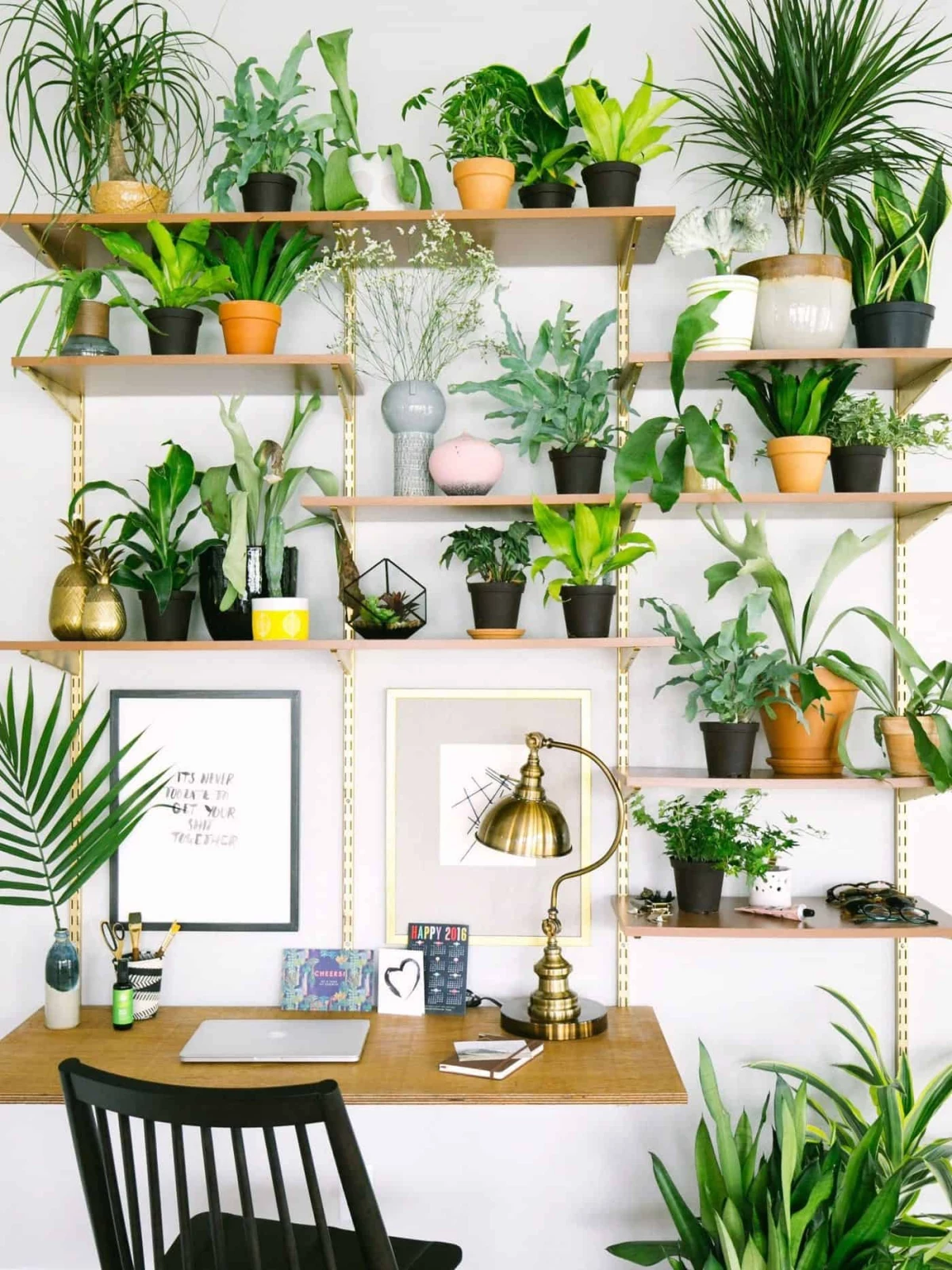
The Energy Basics Before You Buy a Single Plant
Before we get into which plant goes where, you need to get a handle on a few key ideas. Once you understand these, you’ll be able to look at any plant in any room and know exactly what to do. It’s the difference between guessing and making truly intentional choices.
Let’s Talk About Qi (the Vibe of Your Home)
Qi (pronounced “chee”) is the big one. Think of it as the life-force energy that flows through your home. Ideally, you want it to meander gently, like a slow-moving stream. When it moves too fast (like down a long, empty hallway), things can feel chaotic. When it gets stuck (hello, cluttered corners), the space feels heavy and draining. Plants are natural Qi boosters. They are full of living, growing energy that helps get things moving in a positive way. A healthy, happy plant brings in good vibes. A sad, dusty, or dying one? It does the exact opposite. So, Rule #1 is non-negotiable: your plants have to be healthy.
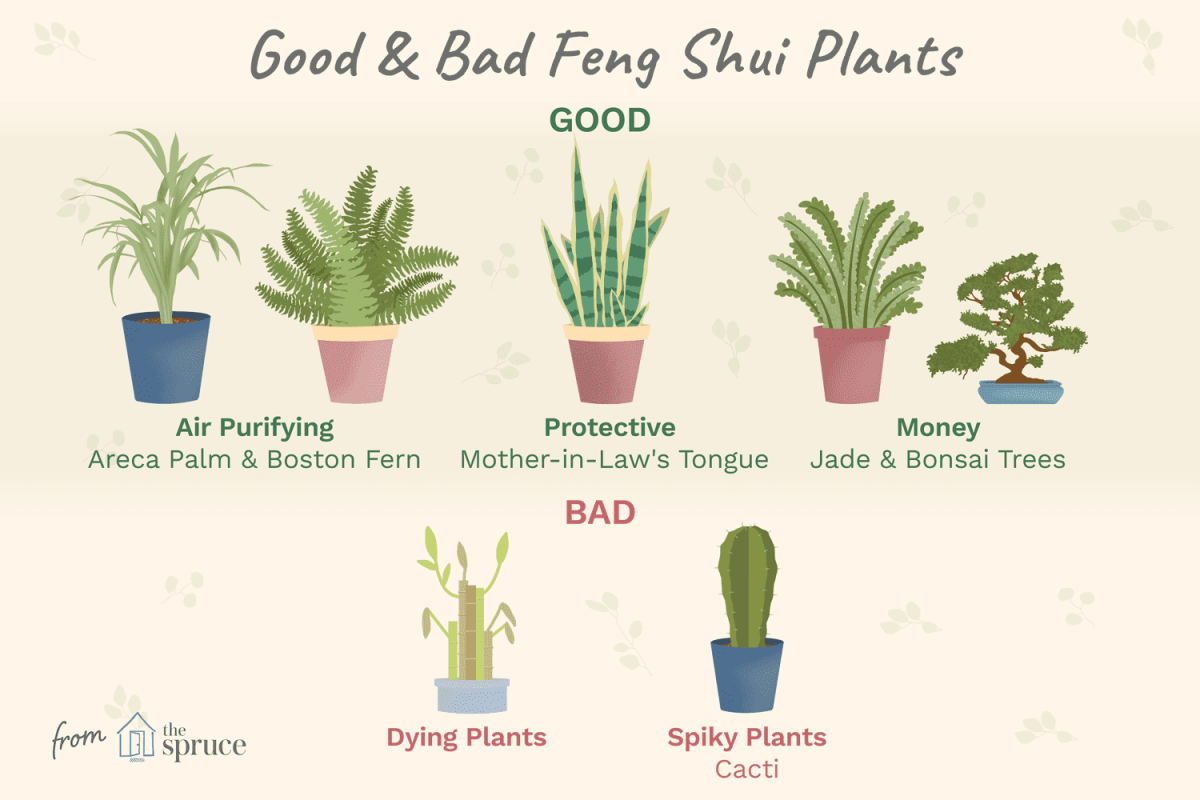
The Five Elements: It’s All About Balance
Another core concept is balancing five types of energy: Wood, Fire, Earth, Metal, and Water. A room that feels ‘right’ usually has a nice mix of all five. Plants are the ultimate representation of the Wood element, which is all about growth, vitality, and new beginnings. So, just by adding a plant, you’re bringing in that upward, expansive energy.
But you can get more specific:
- Fire energy? Look for plants with pointed leaves or red and orange flowers.
- Earth energy? Think square ceramic or terracotta pots. They are grounding.
- Metal energy? Go for round metal planters or plants with spherical leaves.
- Water energy? Cascading, wavy plants bring this element in.
From my experience, if a room feels cold and sterile (often from too much gray paint and metal furniture), adding a tall plant in a chunky earthenware pot brings in Wood and Earth, instantly making it feel warmer and more grounded.
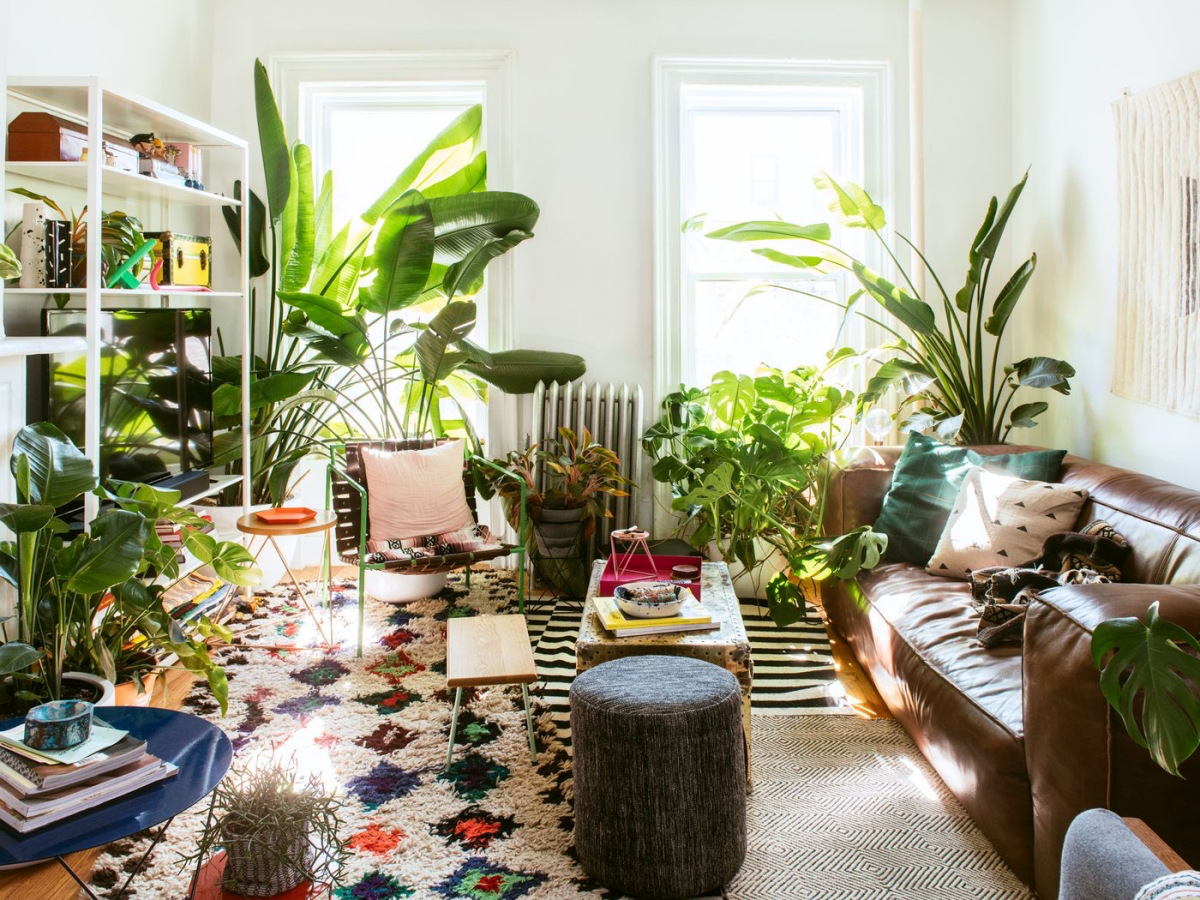
The Bagua: Your Home’s Energy Map
Okay, stay with me here. The Bagua is just an energy map that you mentally place over your home’s floor plan. It splits your space into nine zones, each tied to an area of your life, like Wealth, Health, or Relationships. Placing a healthy plant in one of these zones can activate and support that part of your life. For example, the classic one is putting a vibrant, upward-growing plant in your Wealth & Abundance area to encourage financial growth.
How to Find Your Wealth Corner in 30 Seconds:
This is easier than it sounds, I promise. Go to the main door of your house (or just the door to a specific room) and stand in the doorway looking in. Now, look to the far-left corner of the space. That’s it! That’s your Wealth corner. Placing a beautiful plant there is a classic move to activate positive financial energy.
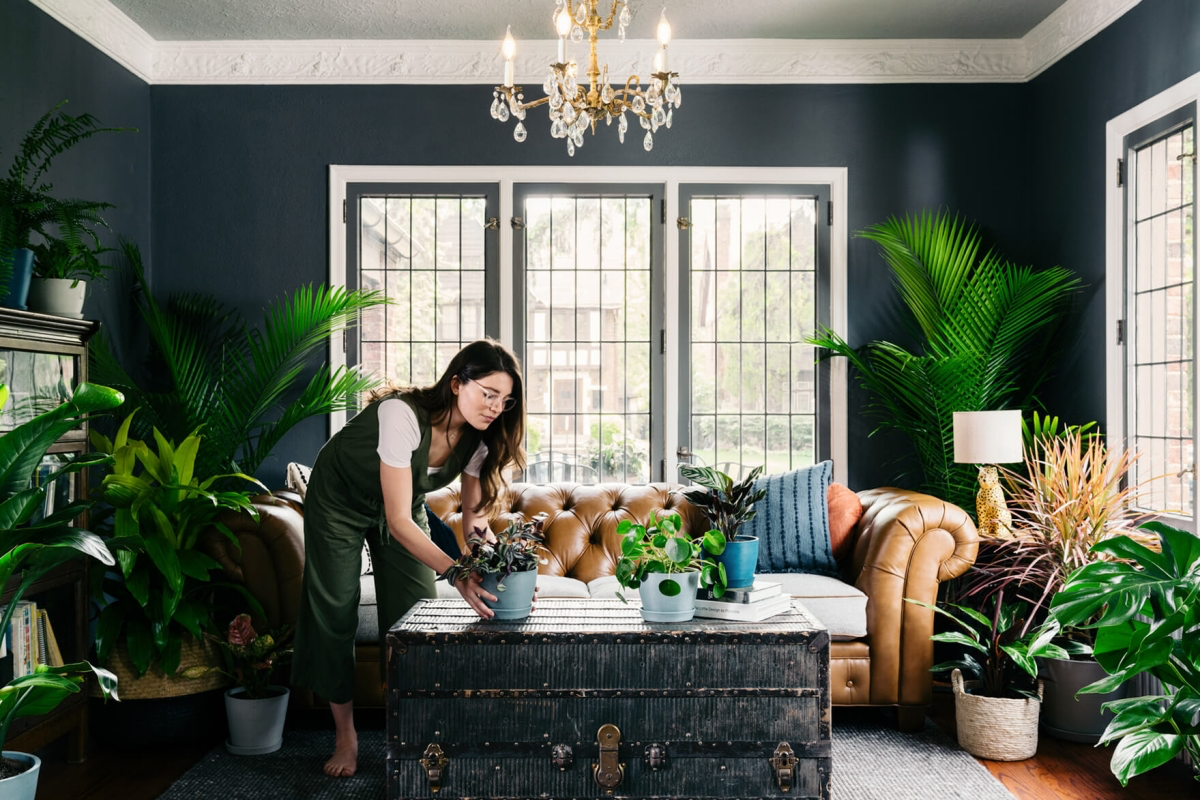
How to Pick a Plant Like a Pro
Choosing the right plant goes way beyond just the species. The shape, growth style, and even its health at the nursery matter a whole lot.
Leaf Shape Matters (A Lot)
The shape of a plant’s leaves really directs its energy.
Soft, rounded leaves—like you see on a Jade Plant, Chinese Money Plant, or a Rubber Tree—promote a gentle, nurturing vibe. These are perfect for living rooms and dining areas where you want harmony. A small Jade Plant can be found for as little as $5-$10 at most garden centers.
Pointed, sharp leaves—think Snake Plants or Dracaenas—give off a more protective, focused energy. This is great for cutting through stagnant energy or creating a boundary. I love them for home offices to help with focus. But, to be frank, that sharp energy is usually too much for a bedroom.
Up, Down, or All Around?
The direction a plant grows also directs the energy. Upward-growing plants like the Fiddle Leaf Fig or a ZZ Plant lift the energy of a room. They’re fantastic for spaces with low ceilings. On the other hand, trailing plants like Pothos or a String of Pearls have a softening, grounding effect, which is perfect for easing the hard edges of tall furniture or sharp corners.
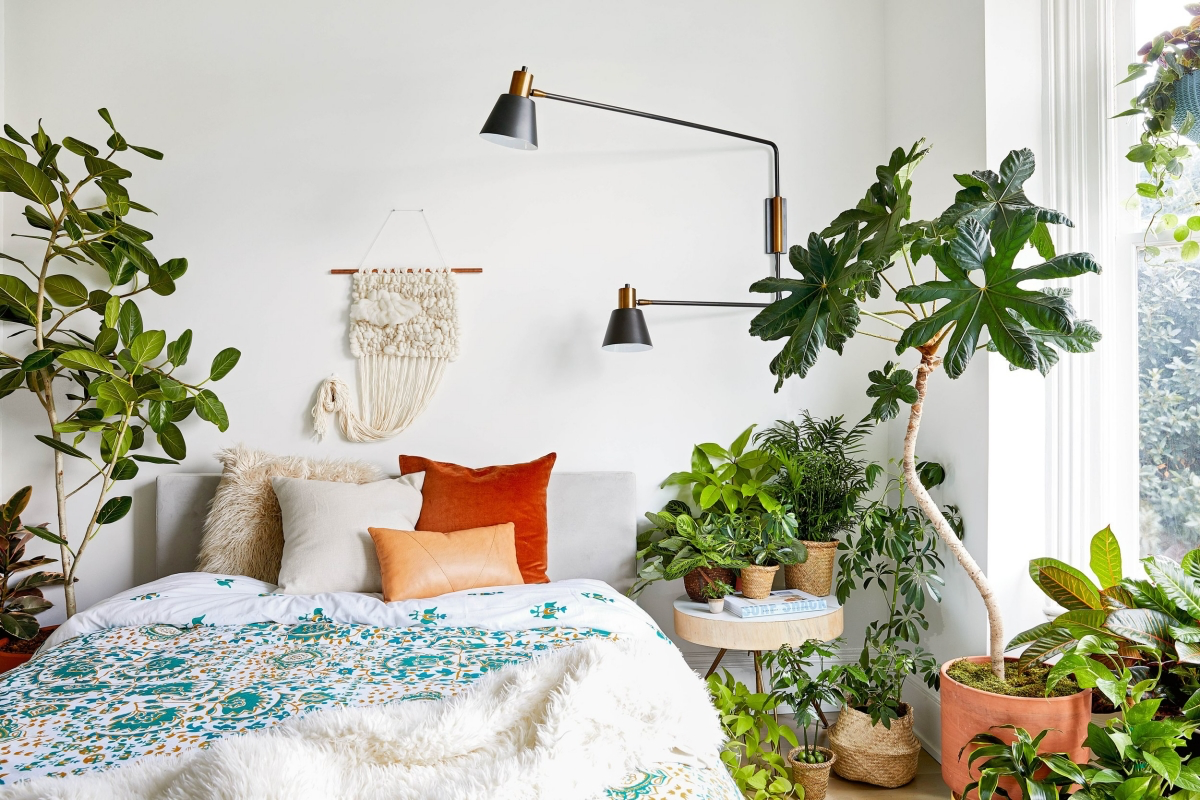
A Quick Word on Cacti
You often hear the rule: “No cacti indoors.” The idea is that their sharp needles create little arrows of aggressive energy that can cause tension. And honestly, this is generally solid advice for living areas. I once had a client who couldn’t figure out why their family felt so argumentative. Turns out, a huge cactus was sitting right next to their favorite armchair. We moved it outside, and they said the feeling of peace in the room was almost immediate.
But here’s a pro tip: A cactus placed on an outside windowsill can act like a guardian, deflecting negative energy before it even enters your home. It’s a great example of using a plant’s “bad” quality for good.
Super Important: Plant Health Trumps a “Perfect” Spot
Listen, this is a huge one. I’ve seen people get so hung up on putting a plant in the “perfect” Feng Shui corner that they ignore the plant’s actual needs. A healthy, thriving plant in a “good enough” spot is ALWAYS better than a sick, dying plant in the “perfect” spot. A dying plant just creates stagnant, negative energy.
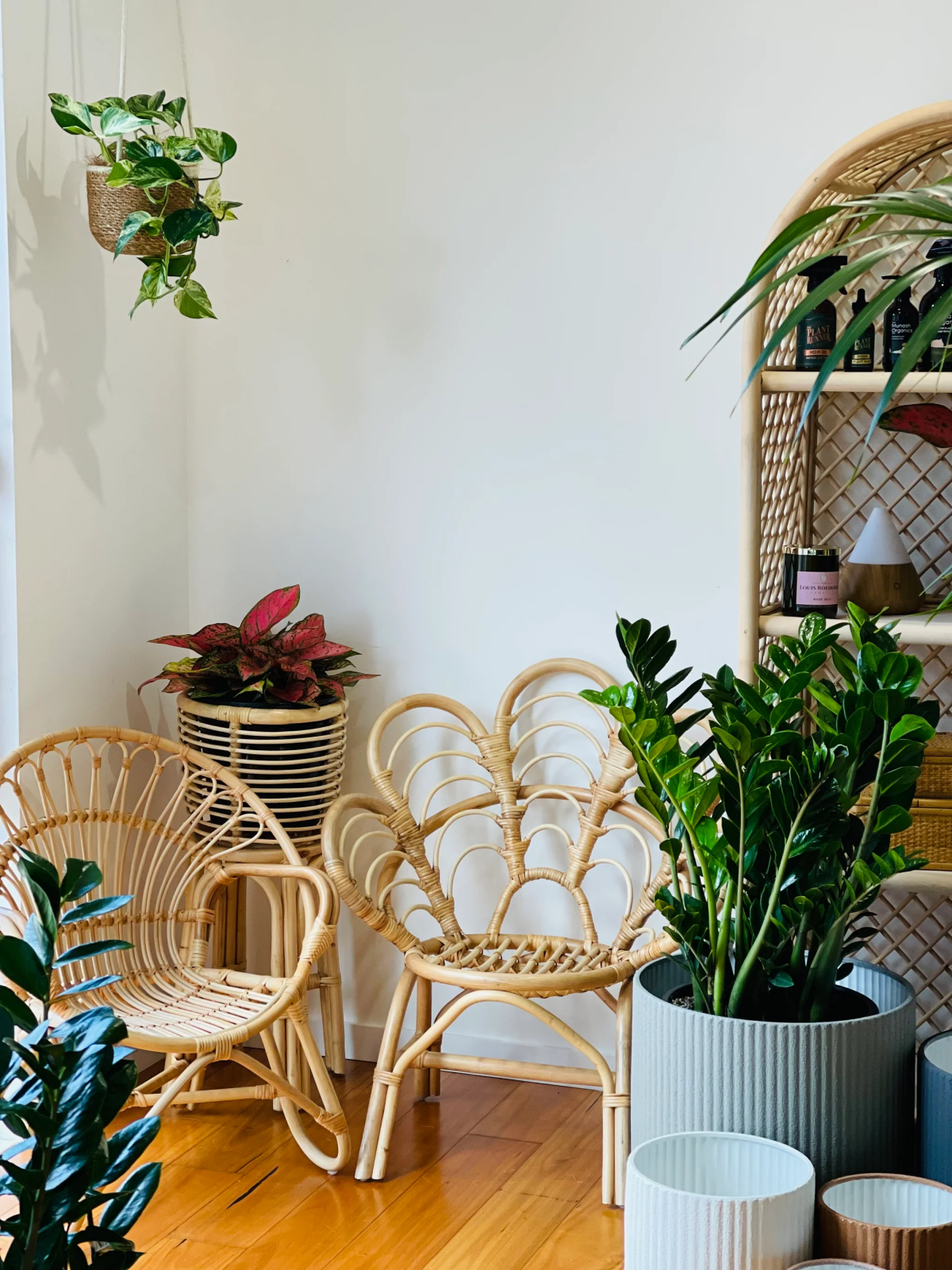
Heads up! What if your plant gets sick?
First, don’t panic. Move it away from your other plants to a ‘plant hospital’ area. Check for pests, and see if it needs a change in watering or light. Try to nurse it back to health. But if it’s clear the plant isn’t going to make it, it’s okay to let it go. Thank it for its energy and compost it. Then you can bring in fresh, vibrant energy with a new, healthy plant.
A Room-by-Room Plant Guide
Alright, let’s get practical. These are my go-to guidelines, but always trust your intuition and pay attention to what your specific room needs (and what your light situation can support!).
The Entryway: Your First Impression
Your front door is the “Mouth of Qi,” where all the energy enters your home. You want it to feel welcoming. A plant to the side of the door is perfect, as long as it doesn’t block the door from opening fully.
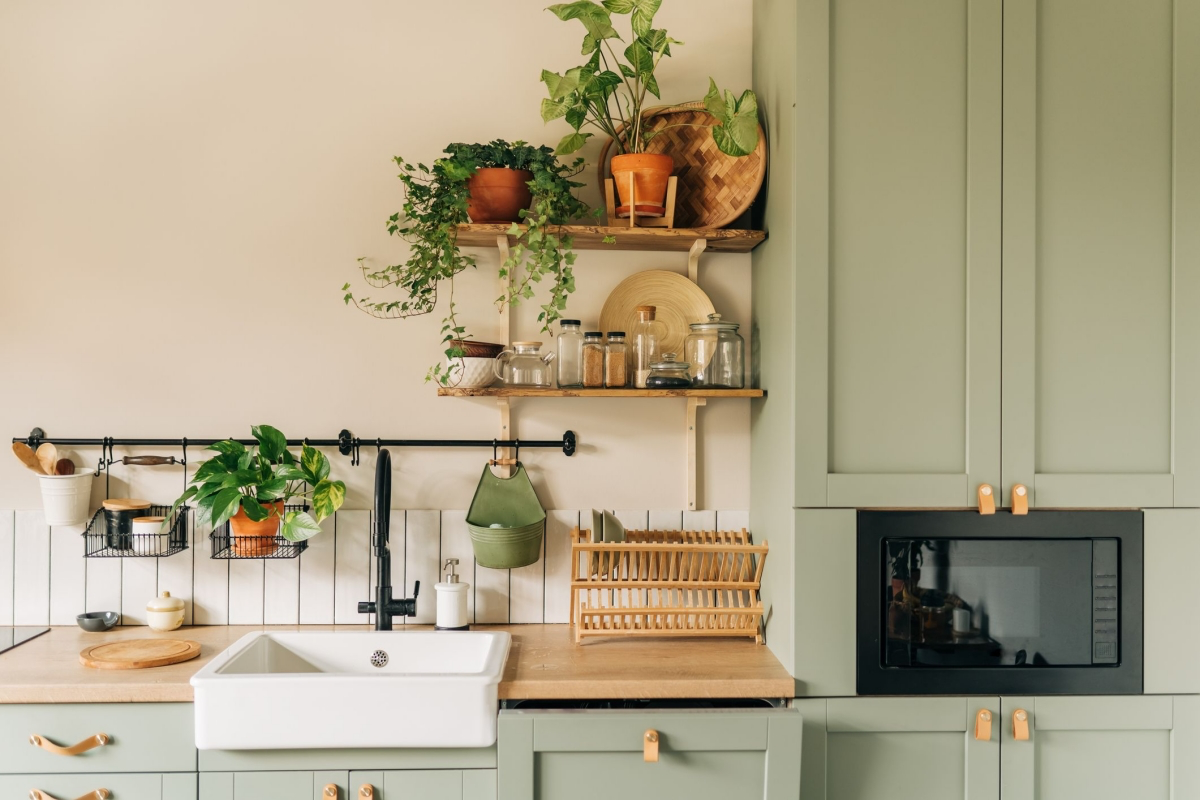
- Top Choices: A lush Jade Plant or a Rubber Tree feels abundant and welcoming.
- Pet Safety Alert: Be aware that both Jade and Rubber Trees are toxic to cats and dogs if chewed on. If you have pets, a vibrant Boston Fern in a hanging basket might be a safer, beautiful alternative.
- What to Avoid: Anything dead, dying, or super spiky right where you walk in.
The Living Room: The Social Heart of the Home
This is where everyone gathers, so the energy should be comfy and harmonious. Let’s break down a few popular choices instead of using a clunky table:
- Fiddle Leaf Fig: This one is a superstar for a reason. Its vibe is incredibly uplifting and grand. It needs bright, indirect light to thrive. A large one can be a real investment, running anywhere from $75 to $200. Heads Up: It’s famously fussy and toxic to pets.
- Monstera Deliciosa: The ‘Swiss Cheese Plant’ brings a creative, dynamic energy. It’s a bit more forgiving than the Fiddle Leaf and loves similar bright, indirect light. Pet Safety: Also toxic to pets, so keep it out of reach.
- Bird of Paradise: For a touch of elegance and grace, this is a winner. Its large leaves add a lush, tropical feel. You can find medium-sized ones for around $40-$60. Pet Safety: Yep, toxic to pets too. A great pet-safe alternative with a similar vibe is the Parlor Palm.
A common mistake is putting a big plant right between two chairs, which can actually block conversational flow. Instead, place plants around the seating area to create a welcoming embrace.
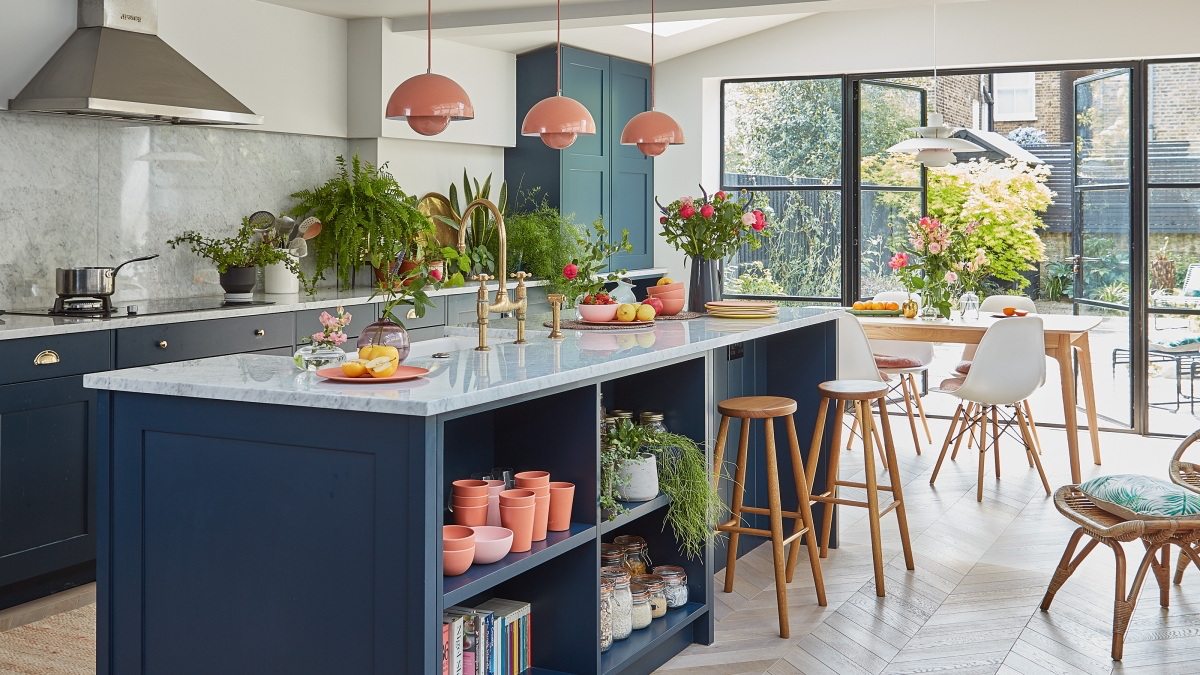
The Kitchen: The Center of Nourishment
The kitchen is a busy place with a clash of Fire (stove) and Water (sink) elements. Plants, representing Wood, are the perfect bridge. A pot of fresh herbs on the windowsill is the absolute best choice. They’re useful, smell amazing, and bring in vibrant Qi. A small pot of basil or mint will only set you back about $5 at a grocery store or Home Depot.
The Home Office: Your Zone for Focus and Success
You need clear, focused, and prosperous energy here. This is the perfect place for those upward-growing plants we talked about.
- My Top Pick: The ZZ Plant. It’s a powerhouse with strong, upward growth, and it’s famous for being incredibly hard to kill. Perfect for beginners! Pet Safety: It is toxic to pets, so maybe place it on a high shelf.
- Another Great Choice: The Snake Plant. Its sharp leaves promote focus. It’s also nearly indestructible, making it a fantastic starter plant. You can get a good one for $20-$40. Pet Safety: Mildly toxic if ingested.
- Shopping List Idea: For a quick office setup, you could grab a medium ZZ Plant ($30), a nice ceramic pot ($20), and a tiny, pet-safe Haworthia ($8) for your desk.
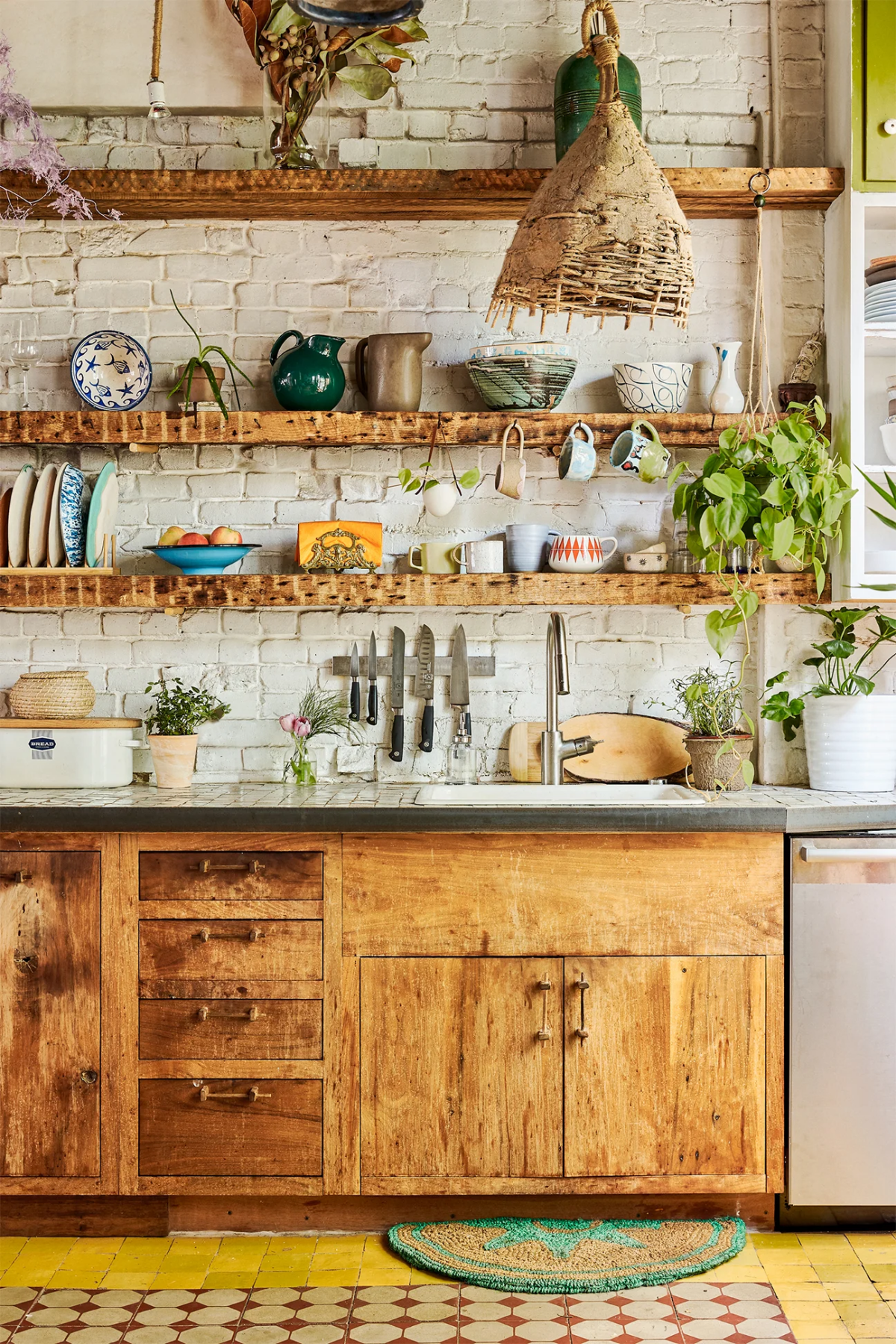
The Bedroom: Your Sanctuary for Rest
Be very intentional here. The bedroom is for rest and rejuvenation, so the energy should be soft and calm. Too much active plant energy can disrupt sleep.
If you must have plants, keep them small, with soft, rounded leaves, and place them far from the bed. A Lavender plant can be lovely for its sleep-aiding scent. However, I often advise clients that the best choice for a bedroom is no plants at all. Definitely avoid large, spiky plants—their energy is just too aggressive for a restful space.
The Bathroom: The Cleansing Zone
Bathrooms are full of drains, which can symbolize energy flowing away. Plants are the perfect fix! They love the humidity, and as a Wood element, they are nourished by all that Water, helping to balance the energy.
A hanging Pothos is a fantastic choice. It thrives in humidity and lower light and its trailing vines can soften the hard lines of tile and porcelain. By the way, Pothos is super easy to care for but is toxic to pets, so hang it high!
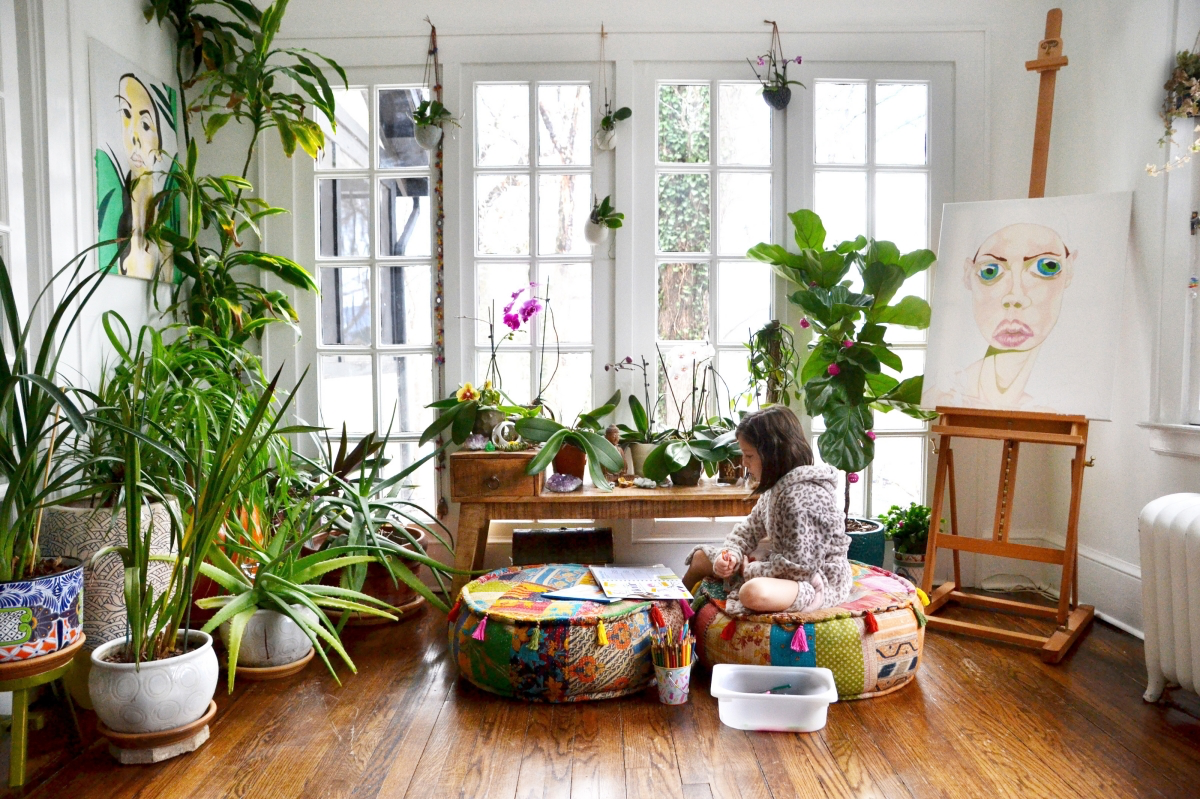
Try This Today: A 5-Minute Energy Boost
Want a quick win? Grab a damp cloth and gently wipe down the leaves of all your plants. It takes five minutes, removes literal dust and stagnant energy, and helps your plants breathe easier. It’s an instant Qi boost for your entire home. You’d be surprised what a difference it makes!
Galerie d’inspiration
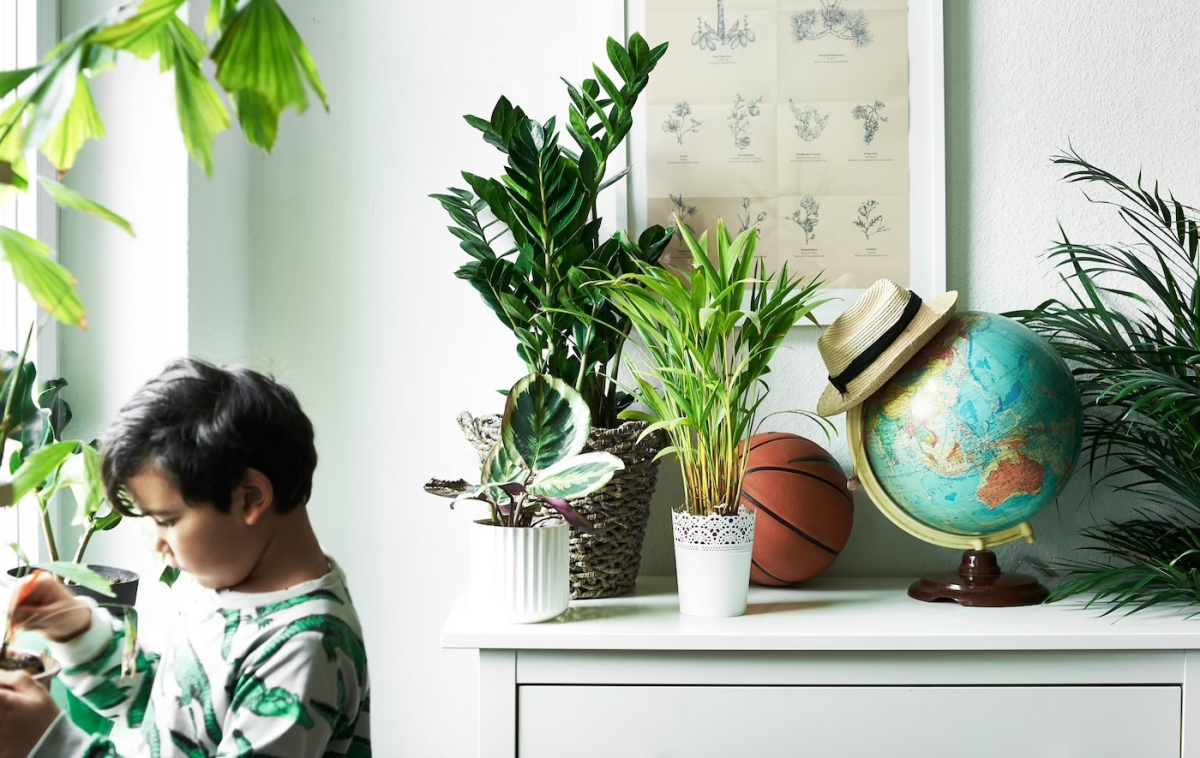
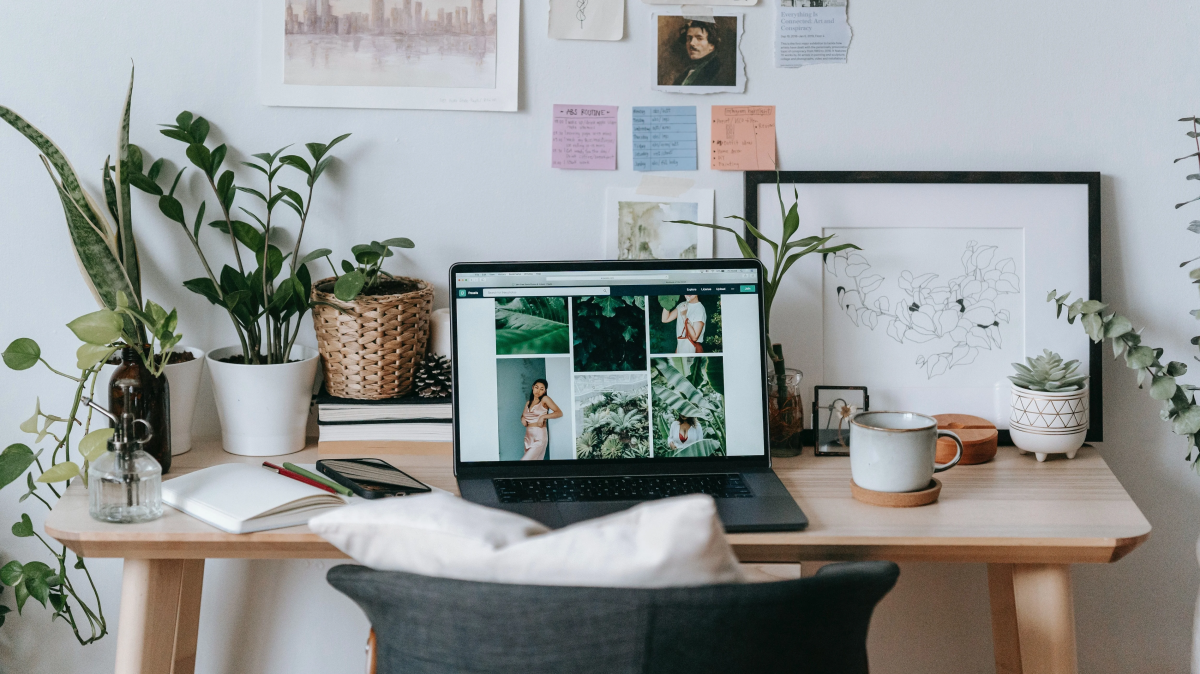
Option A: Terracotta Pots. These classic, unglazed clay pots are porous, allowing air and water to move through the sides. From a five-elements perspective, their earthy color and material strongly represent the Earth element, promoting feelings of stability, nourishment, and grounding. They are perfect for areas where you want to feel secure and centered, like a home office or reading nook.
Option B: Metal Planters. Sleek planters made of brass, chrome, or painted metal connect to the Metal element. This element governs clarity, precision, and efficiency. A minimalist metal planter, like those from brands such as Ferm Living or CB2, can bring a sharp, focused energy to a space, cutting through confusion.
Choose based on the feeling you want to cultivate in the room.
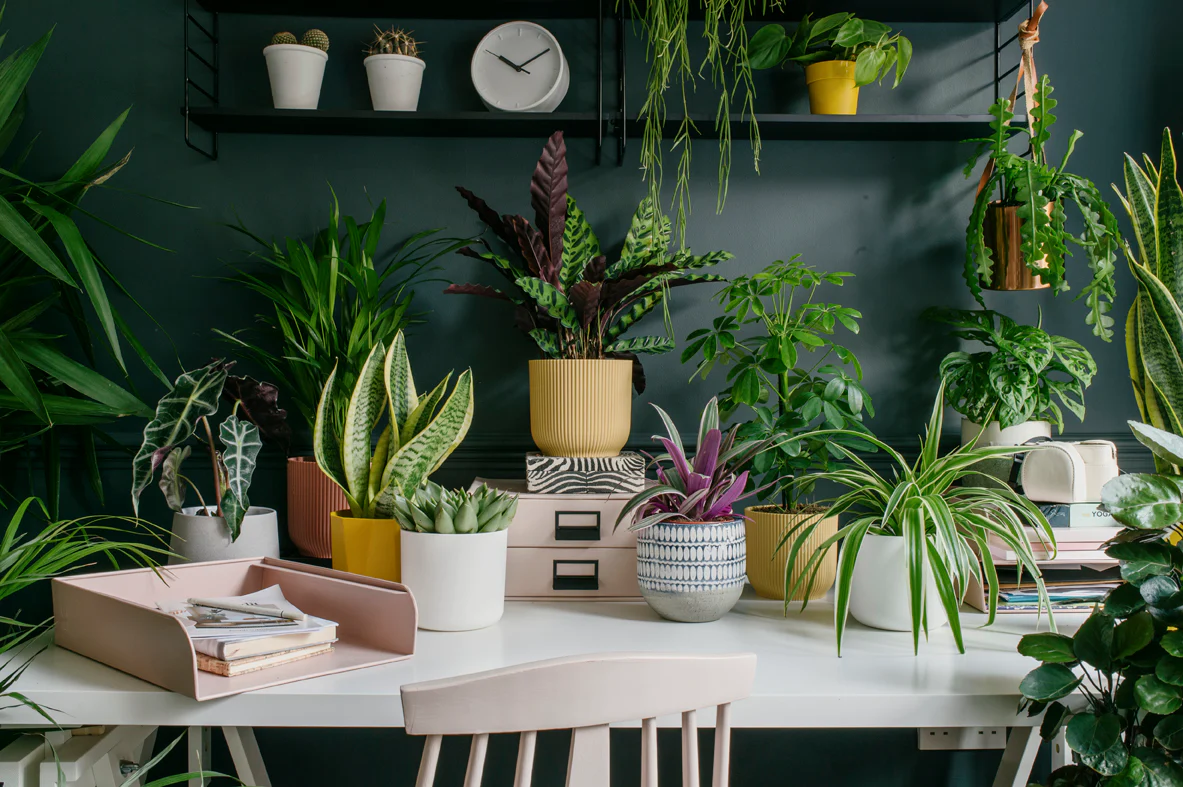
A 2019 study published in the Journal of Physiological Anthropology found that interacting with houseplants can reduce psychological and physiological stress by suppressing autonomic nervous system activity.
This isn’t just a vague feeling; it’s a measurable biological response. When you tend to a plant, your body can shift from a state of fight-or-flight to one of rest-and-digest. This calming effect is a key part of how plants improve a home’s ‘vibe.’ The simple act of watering your Pothos or dusting the leaves of your Fiddle Leaf Fig is a form of active meditation that soothes your own energy, which in turn radiates into your living space. A calm you equals a calm home.
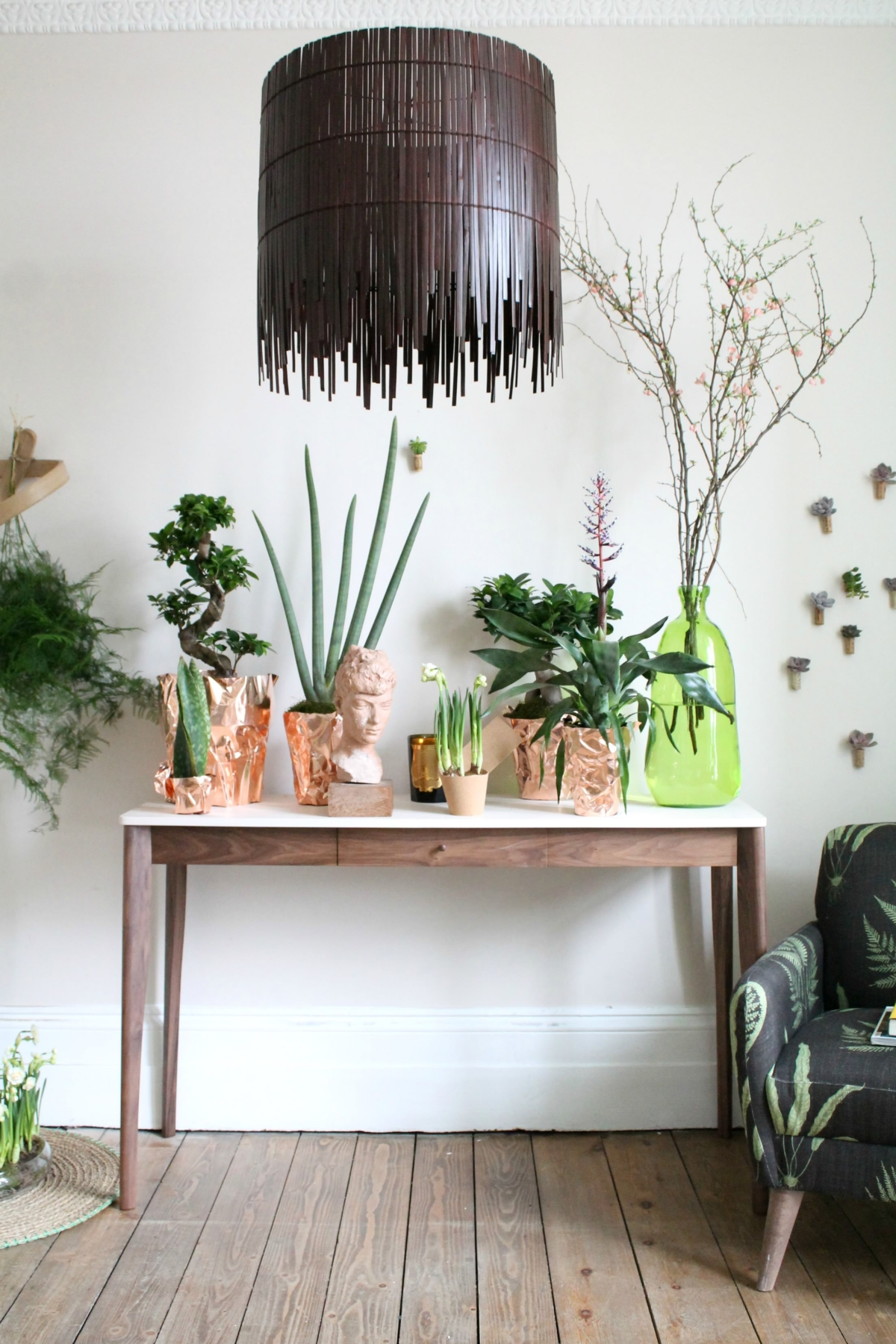
Can a plant’s fragrance also shift the energy of a room?
Absolutely. Scent is a powerful, often overlooked, layer of a home’s atmosphere. While potent flowers can be overwhelming, plants with subtle, natural fragrances work wonders. A pot of English Lavender in the bedroom promotes tranquility and restful sleep. A Jasmine vine near a window can release a sweet, uplifting scent in the evenings, gently boosting the room’s Qi. Even the clean, slightly peppery smell of a Scented Geranium on a kitchen windowsill can purify the air and the mood.
- They purify the energy of a room.
- They can slow down fast-moving Qi in long corridors.
- They lift the atmosphere in dark or forgotten corners.
The secret? The shape of the leaves. In Feng Shui, rounded, soft-edged leaves are preferred as they promote a gentle, nurturing energy. The smooth, coin-like leaves of a Pilea Peperomioides (Chinese Money Plant) or the full, circular leaves of an Orbifolia Calathea are excellent for creating a harmonious flow. In contrast, very sharp, spiky plants like certain cacti can create ‘cutting’ energy, so use them sparingly and intentionally.










